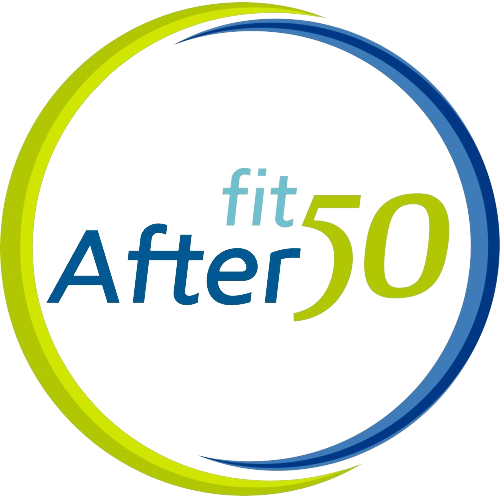Active Breaks Keep Your Stress Away
When we eat, read, or watch TV, we are often sitting on a chair, couch or bed. While sitting is comfortable and relaxing, prolonged sitting can be detrimental to our health regardless of how physically active we are.
My Placement Experience at Fit After 50
I worked for Fit After 50 from September 2018 to April 2019 as a placement student. I really enjoyed my time here, so I continued to volunteer for the company. I am leaving Toronto by the end of June, so, unfortunately, I will have to leave Fit After 50 as well. In this blog, I will share my experiences in working with Fit After 50.
Don’t Be Stressed; Be Active!
It is not a secret that stress has been an increasingly significant issue for many Canadians.
Kinesiology is the Future of Health Care
If there is one thing we know about the Canadian population it’s that we’re aging, increasingly overweight/obese and developing chronic disease(s).
Science Revels the Most Powerful Medication
It’s the most powerful medication and you only have to take it a few times per week. It brings you multiple benefits for your health and wellness.
Good Luck Amanda
We have had the pleasure of having Amanda Sussman during her student placement for the Master of Professional Kinesiology at the U of T. She supported us in key areas as client service, research & service development and marketing.
4 Simple Tips to be Healthy in 2018
If you are planning to be more active, have more energy and achieve an optimal wellbeing, the following tips may help you to get there.
What is kinesiology?
One of the most frequent questions from people that I have had the opportunity to meet is… What is kinesiology? Who are Registered Kinesiologists?
According to the CKO, College of Kinesiologists of Ontario, “Kinesiology is the scientific study of human movement, performance and function. Kinesiology incorporates the sciences of biomechanics, anatomy, physiology, psychology and neuroscience into an all-encompassing healthcare practice. Kinesiologists use the latest evidence-based research to treat and prevent injury and disease, and to improve movement and performance. Kinesiologists work with people of all ages and physical abilities in many settings to help them achieve their health and wellness goals, and improve quality of life.”
How much weekly physical activity is recommended?
For most healthy adults, the Department of Health and Human Services recommends these exercise guidelines:
Aerobic Activity: Get at least 150 minutes a week of moderate aerobic activity or 75 minutes a week of vigorous aerobic activity. You also can do a combination of moderate and vigorous activity. The guidelines suggest that you spread out this exercise during the course of a week.
Heart & Stroke
Heart and Stroke Foundation (H&S) defines heart disease as a group of conditions affecting the structure and functions of the heart. Coronary artery disease is the most common of these conditions and occurs when blood vessels in your heart become blocked or narrowed, preventing oxygen-rich blood from reaching your heart. It can cause chest pain (called angina) or even a heart attack.

